Kavach
Train Collision Avoidance System (KAVACH) is an indigenously developed Automatic Train Protection (ATP) System meant to provide protection to trains against Signal Passing at Danger (SPAD), excessive speed and collisions. KAVACH provides continuous update of Movement Authority (distance up to which the train is permitted to travel without danger). Hence during unsafe situations when brake application is necessitated, and the Crew has either failed to do so, or is not in position to do so, automatic brake application shall take place.
KAVACH has additional features to display information like speed, location, distance to signal ahead, Signal aspects etc. in Loco Pilot’s cab and generation of Auto and Manual SOS messages (Distress messages) from Loco as well as Station unit in case of emergency situation. The communication between Stationary KAVACH and Loco KAVACH units shall be Safety Integrity Level-4 (SIL-4) certified, while Loco KAVACH to Loco KAVACH communication, NonSignalling based additional collision protection features (i.e. Head-on, Rear end & Side Collision) and Manual SoS are non-SIL (not failsafe)
Key Features
Prevention of SPAD
Speed control and prevention of over-speeding
Protection against rollbacks and collisions
Automatic SOS messaging in case of emergencies
Cab signalling and automated warnings
Centralized monitoring through the Network Management System (NMS)
System Components
Track side Sub-systems
- the Tower/Antennae
- Stationary Kavach units
- RFID tags
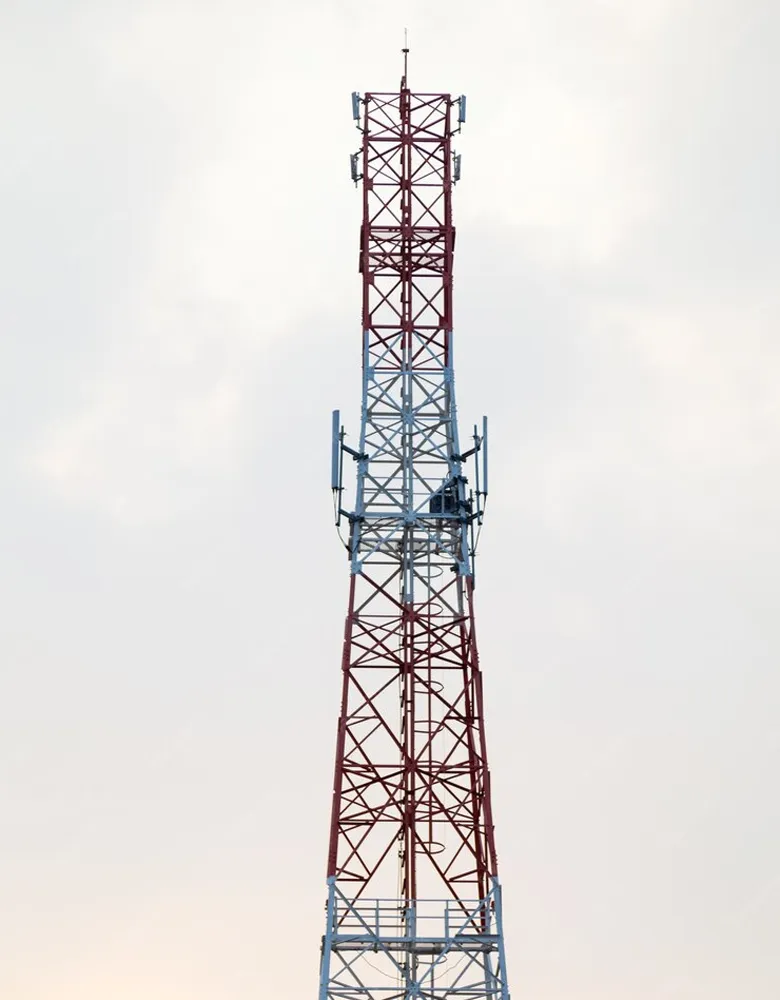
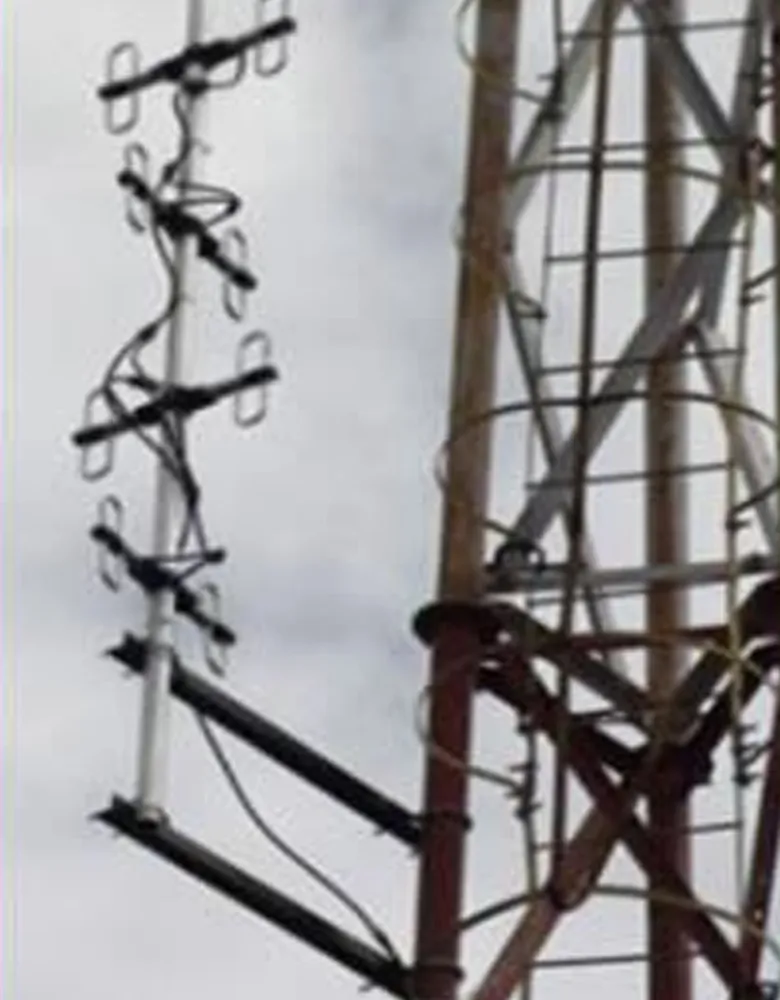

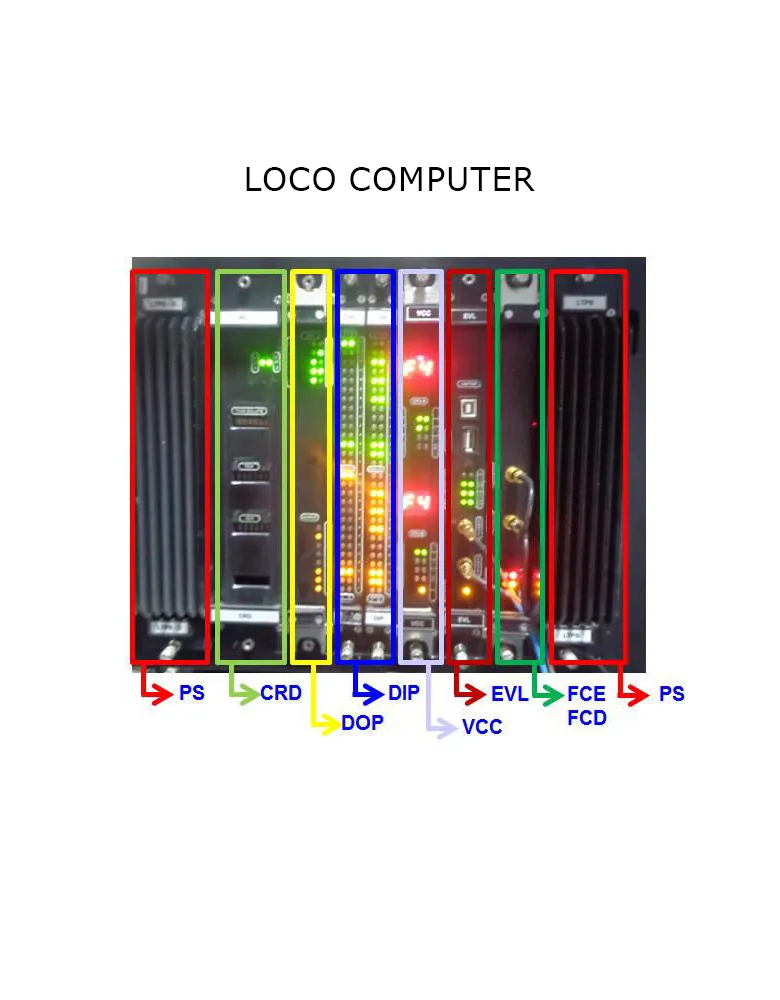
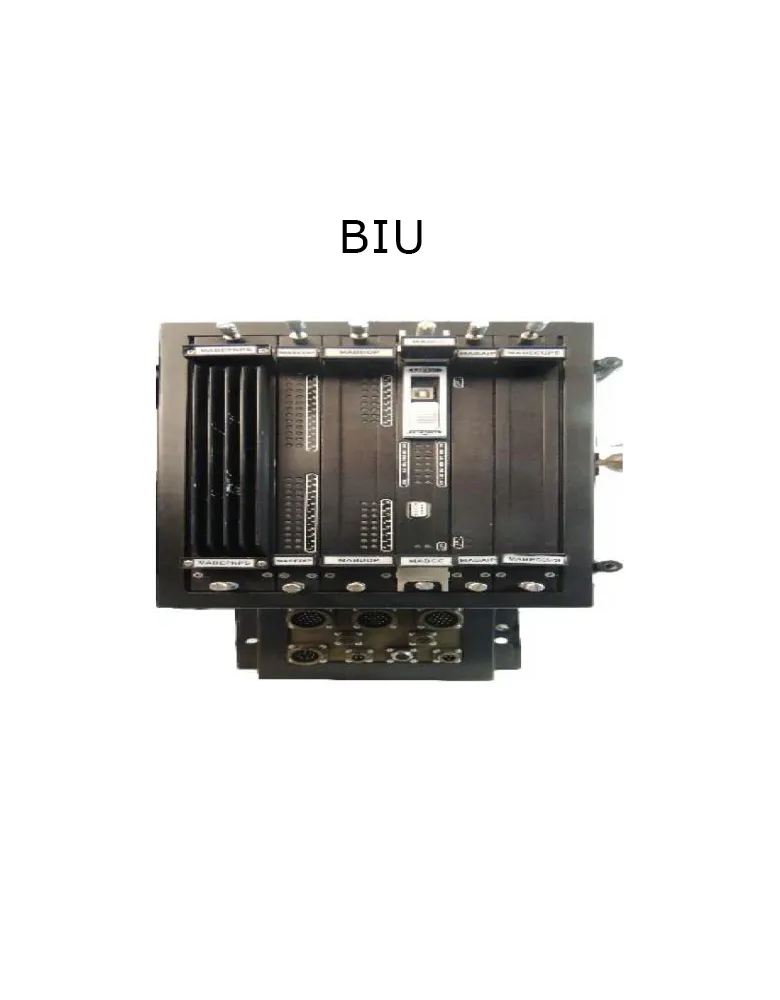
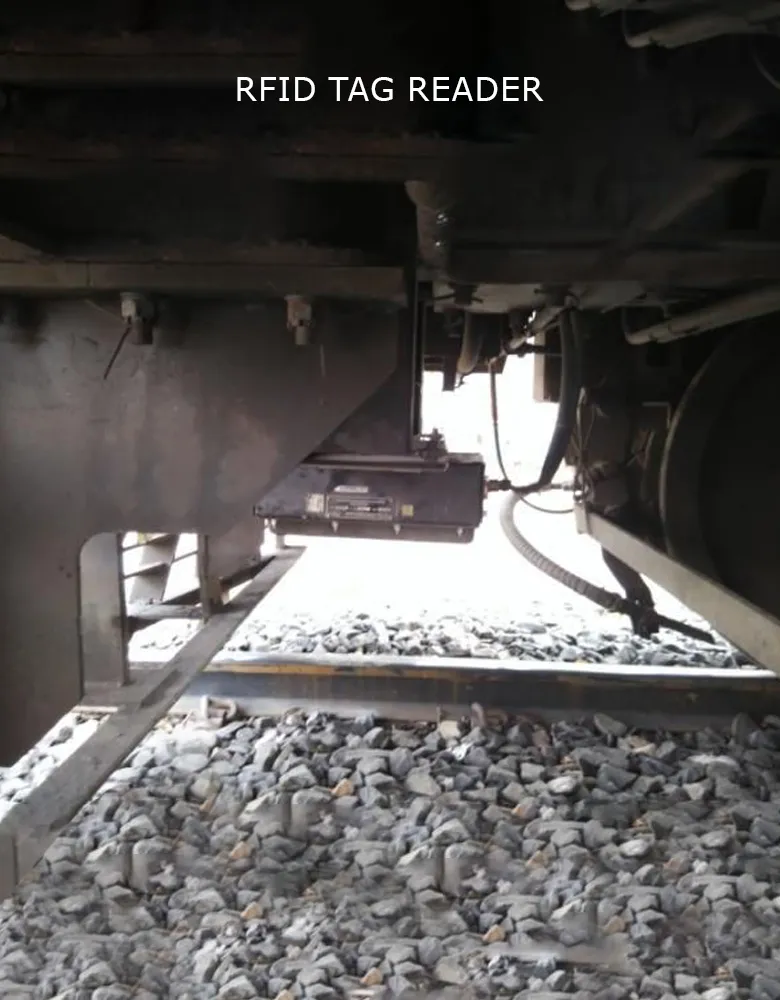
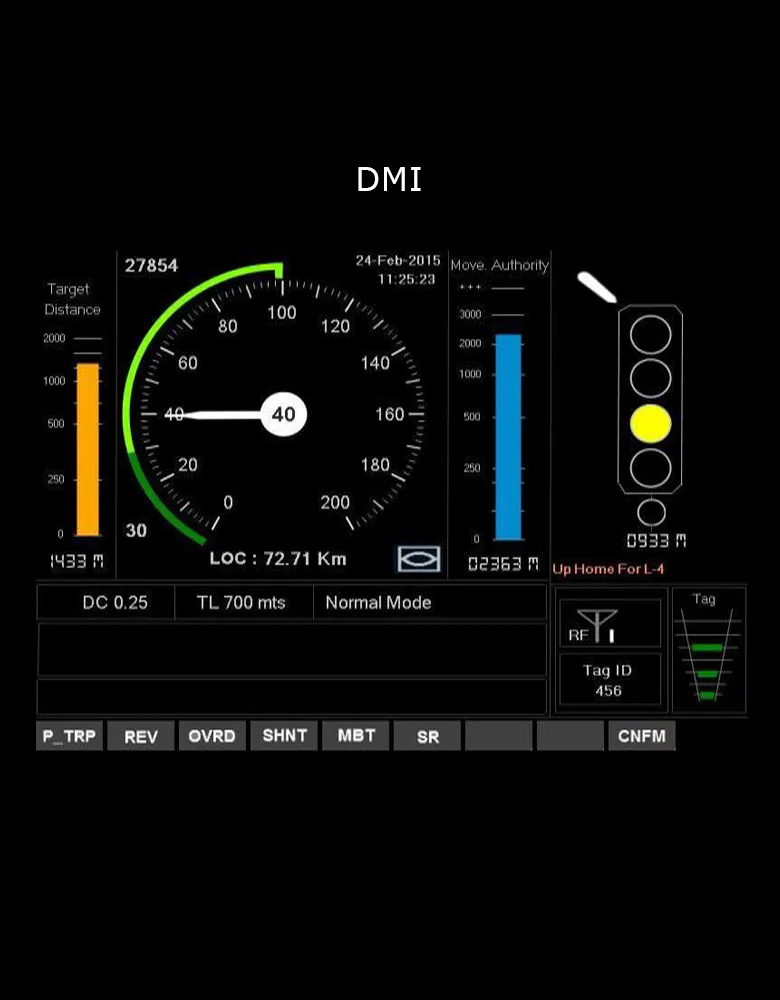
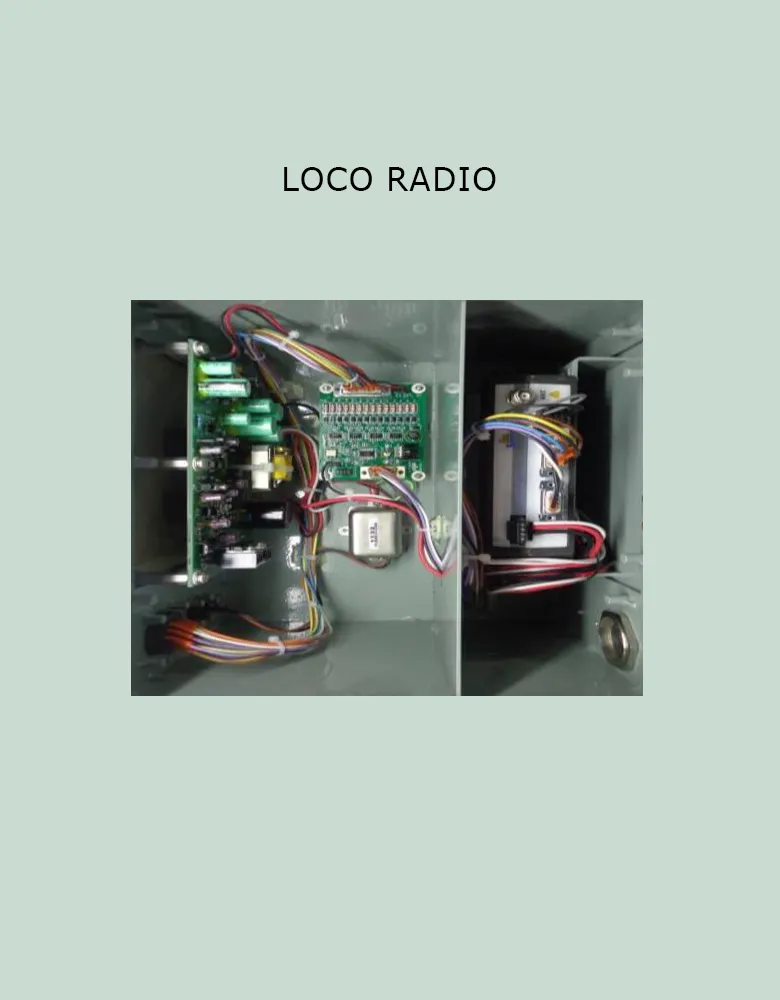
Onboard Subsystem
- Loco KAVACH Vital Computer
- RFID Reader
- Loco KAVACH Radio Unit with antennas and other communications
- Driver Machine Interface(DMI)
- Brake Interface Unit (BIU), where required
Functionality Overview
Provide an overview of how the system works, including:
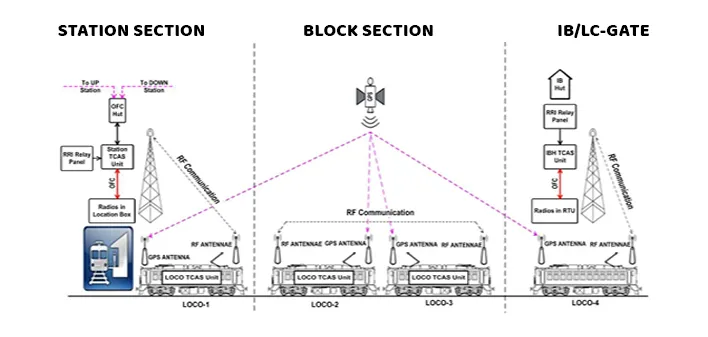
Communication between stationary and locomotive units using UHF radio.
- The trackside sub-system of KAVACH consists of Radio Frequency Identification (RFID) tags fitted on track in station section and block section for giving Trackside information to Loco KAVACH unit installed in the locomotive. Portions of track including berthing tracks, point and block sections are assigned unique IDs called Track Identification Number (TIN).
- The system also consists of Stationary KAVACH unit installed at Station with radio tower to communicate with locomotives in the jurisdiction of Stationary KAVACH which commence on approach of its first Signal. Stationary KAVACH is interfaced with station interlocking to acquire real-time dynamic information related with signalling such as various signal aspects. Route information of all the signals monitored by a specific stationary KAVACH unit is configured on the basis of KAVACH Control Table (excluding shunt signals and overlaps). Stationary KAVACH unit gets real-time information regarding Locations, Speed etc of various trains in its jurisdiction through UHF Radio Communication.
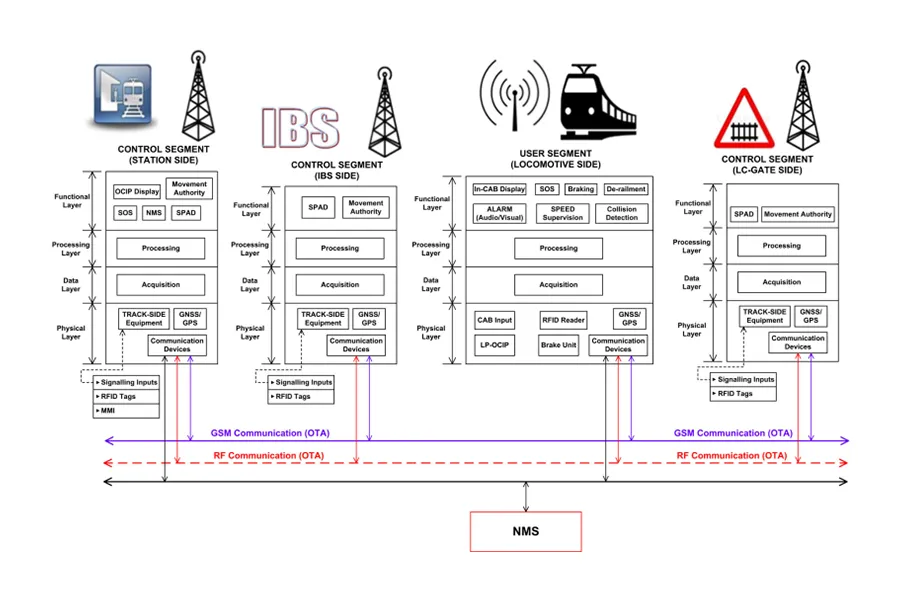
How Kavach tracks train locations, calculates movement authority, and enforces braking where necessary.
- Separate Stationary KAVACH unit is provided at Mid–Section interlocked Level Crossing Gate and Intermediate Block Signalling (IBS) locations if they do not come within the coverage of station radio tower.
- Remote Interface Unit (RIU) shall be used where remote signalling functions are required to be fetched to a nearby Stationary KAVACH unit for example from end cabins/ distributed interlockings or LC gate/IB coming within the radio coverage of station tower.
- The onboard Loco KAVACH unit installed in the locomotive determines the location of train by reading pre-programmed RFID Tag data with the help of RFID reader
- By using the cryptographic technique malicious attacks will be eliminated. Only Authenticated Systems communicate with each other to ensure the safety of the system
- Key Management System (KMS) is developed to check for authentication and distribution of secret keys
- Loco KAVACH unit sets its absolute location (Approaching signal distance from the train position) and Track Identification Number (TIN) as undefined (zero) before determining the direction.
- The direction of movement of train shall be determined, when Loco/Train has passed two RFID tags sequentially with Absolute location.
Operational Modes
Standby Mode
- This Mode is default mode. At Power-On or If No CAB is selected KAVACH comes into this Mode.
- In This Mode Train is Supervised for Standstill. Any movement if detected it applies EB.
- If any CAB is occupied, Based on New train Status It performs Brake system health test.
- On test success it Suggests SR or Shunt Mode to Loco Pilot
- Radio Transmission is Active if it is in KAVACH Area
Staff Responsible Mode (SR)
- In KAVACH territory Transmits Radio packet
- Supervises Loco Ceiling Speed
- It Supervise Roll away & Reverse Movement protection
Limited Supervision Mode (LS)
- In KAVACH territory Transmits Radio packet
- Supervises Loco Ceiling Speed
- If Track Data is Valid & Traffic Direction is Known It Supervises Section Speed (PSR), TSR (future use) & Collision Targets
- It Performs Brake system health test
- It obeys General SoS from Station if Loco is within 3km Radius
- It Supervise Roll away & Reverse Movement protection.
- If Radio communication is good supervises MA & Turnouts
Full Supervision Mode(FS)
- It Supervises MA, Turnout speeds received from Linked station
- It performs Train Length Measurement
- It Obeys Loco specific SoS from Linked Station
